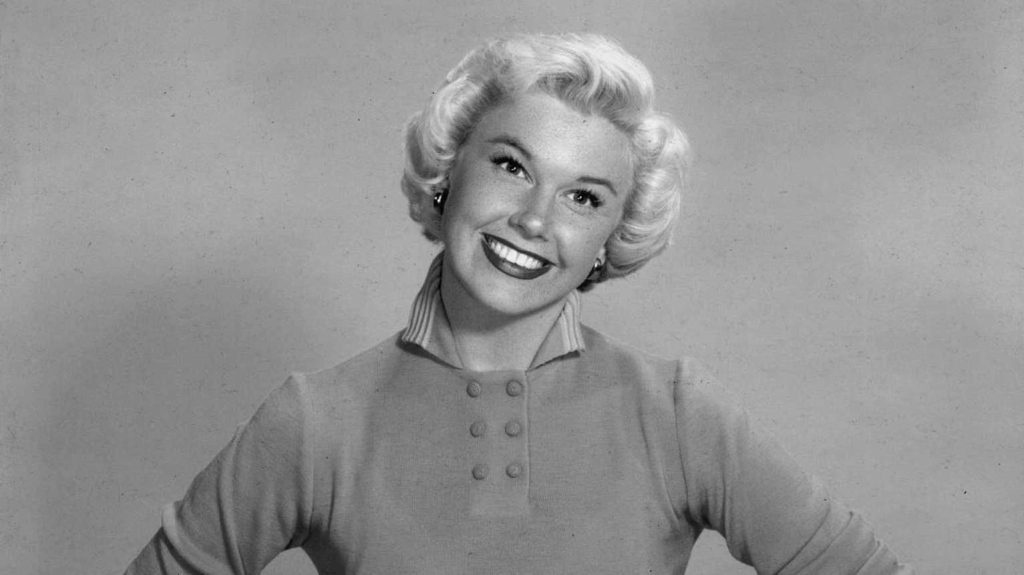
The Timeless Reassurance of “Que Sera, Sera”
In the tapestry of 20th-century music, few songs have woven themselves as deeply into the fabric of cultural memory as “Que Sera, Sera” by the inimitable Doris Day. Released in 1956, this iconic song quickly ascended the charts, reaching the number two spot on the Billboard Hot 100 and securing its place in the pantheon of timeless classics. Its simple yet profound message of acceptance and resignation to fate resonated with audiences worldwide, offering a comforting embrace amidst the uncertainties of life.
The story behind “Que Sera, Sera” is as enchanting as its melody. Written by the prolific songwriting duo Jay Livingston and Ray Evans for Alfred Hitchcock’s suspenseful film The Man Who Knew Too Much, the song was introduced to audiences by Doris Day herself, who starred in the movie alongside James Stewart. In a film filled with tension and intrigue, the song provided a poignant counterpoint, serving as a lullaby that soothed not only Day’s on-screen son but also the nerves of millions who watched. Its inclusion in such a high-profile film undoubtedly contributed to its immediate success and enduring popularity.
The essence of “Que Sera, Sera” lies in its lyrical simplicity and philosophical depth. The refrain, “Whatever will be, will be,” encapsulates a universal truth that transcends generations and cultures. It speaks to the human experience with an elegance that is both disarming and reassuring. As Day’s warm, melodious voice delivers each verse, there is a sense of gentle wisdom—a reminder that some aspects of our lives are beyond our control, and there is peace to be found in accepting this reality.
For those who lived through the mid-20th century, “Que Sera, Sera” became more than just a song; it was an anthem of resilience during times of change. Post-war America was a landscape of shifting norms and emerging anxieties—economic fluctuations, technological advancements, and evolving social dynamics all contributed to a sense of unpredictability. In such an environment, Doris Day’s soothing tones offered solace and stability. Her message was clear: while we may not know what lies ahead, we can face it with grace and composure.
As we reminisce about this classic tune, it’s important to acknowledge how its themes have echoed through subsequent decades. Each generation has faced its own set of uncertainties—be it political upheavals, economic downturns, or personal trials—and “Que Sera, Sera” continues to provide comfort. Its gentle reminder that life is an unpredictable journey invites listeners to embrace the unknown with open hearts.
Moreover, the song’s cultural impact extends beyond its initial release. It has been covered by numerous artists across various genres—from rock bands to country singers—each bringing their unique interpretation while preserving its core message. This adaptability underscores its timeless appeal and ensures that its legacy endures.
Reflecting on Doris Day’s illustrious career, one cannot help but feel a wave of nostalgia for an era when her voice was synonymous with warmth and sincerity. Her ability to convey emotion through song was unparalleled, and “Que Sera, Sera” stands as a testament to her talent and enduring influence.
In conclusion, “Que Sera, Sera” is more than just a song; it is a cultural touchstone that continues to resonate with audiences young and old. Its message of acceptance remains relevant in today’s ever-changing world, reminding us all that while we may not have control over our destinies, we can choose how we respond to life’s uncertainties. As we listen to Doris Day’s timeless rendition, we are transported back to simpler times when her voice provided comfort and hope—a sentiment that remains just as powerful today.